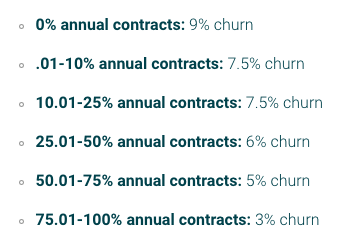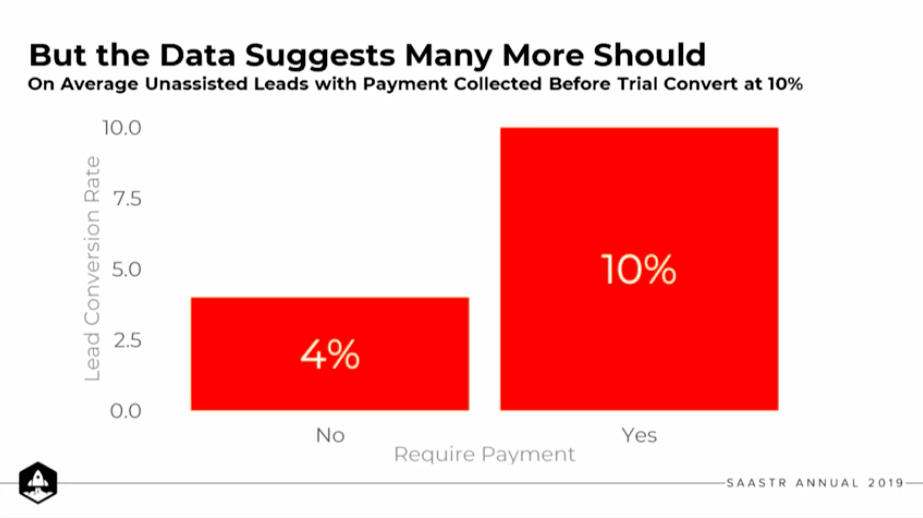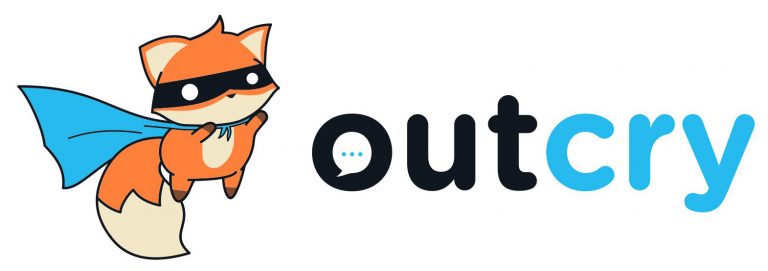5 Best SaaS Pricing Strategy Examples

Are you looking for SaaS pricing strategy examples to help you boost conversions on your pricing page? If so, you’ve come to the right place.
KBV Research estimates that the SaaS market will grow by more than 20 percent annually, reaching $186 billion by 2024.
This means more competition for your growing SaaS company is around the corner. But don’t worry, we’re here to help.
In this article, we’ll break down how you can convert more website visitors into paid subscribers.
Here is a list of some of the best SaaS pricing strategy examples to give you an edge on your competition.
5 Best SaaS Pricing Strategy Examples
1. Encourage yearly plans
The more subscribers you have on a yearly plan, the lower your churn rate. How low?
Well, ProfitWell estimates that SaaS companies without yearly plans can expect to see a 9% churn rate, while those with 75-100% annual contracts can expect as little as 3% churn rate.

Because of this many SaaS businesses now encourage yearly annual plans as the default.
Take HubSpot for example.

The Starter plan is automatically toggled to the “annual plan” and you can switch between annual vs. monthly to see the difference in price.
When you toggle to the annual plan, you see that your monthly rate is 20% lower which would come out to $40/month vs. the monthly plan of $50/month.
This allows customers to compare the plans more clearly and understand just how much they would be saving with the annual subscription.
2. Require a credit card for free trial
RedPoint Ventures analyzed 600 freemium companies and found that those who required credit card payment to access their free trial saw a 6% increase in conversion vs. those that didn’t require a credit card to access their free trial.

SEMRush is a SaaS company that implements this pricing strategy into their business.
They do this by first advertising a 7 Day Free Trial that prompts you to create an account. Here they gather the lead’s name, phone number, and email address to have a salesperson follow up.

Once you enter in your information and create your account, you are shown a form to enter in your credit card information to access your 7 day free trial.

From here, some potential customers will bounce (and the sales people will follow up) but others will convert and immediately start their subscription with your company.
The pro about this pricing strategy is a higher conversion rate, but the con is that less people will sign up to the free trial so the amount of customers may actually be the same. It’s something to split test and see which strategy works best for your SaaS business.
3. Offer a free trial without credit card requirement
Out of all the SaaS pricing strategy examples, this one seems to be the most popular. If done correctly, this is an effective strategy. However, the reality is that many SaaS companies end up with a low conversion rate from free trial to paid. And there’s nothing worse than working hard on a software project only to give it away for free.
If you find yourself in this situation, make sure you implement a customer feedback strategy to find out why your users are not converting to paying customers and start giving them more of the features that they want.
The companies that seem to have the best conversions have a free trial that is capped at X number of users, X amount of space, or X number of features.
Mailchimp is an example of a SaaS company that has implemented this pricing strategy well. Let’s take a look at what they’re getting right and see how we can emulate it into our businesses.

When looking at Mailchimp’s pricing page, the first thing that sticks out is that their free plan is not on the left like most SaaS companies’ pricing pages. In fact, it’s all the way to the right.
Why is this?
Well, since English speakers read from left to right, this forces you to read all of the plans first (starting with the most expensive one) before landing your eyes on the free trial.
Mailchimp’s plans are also organized by number of contacts. So, the free plan has a cap of getting 2,000 emails in which you’ll have to upgrade if you want to continue the service.
The great thing about this strategy is that users are now familiar with their software and the cost of learning a new software might not be worth the switch. This incentives them to stay with Mailchimp. Especially when you look at the price to upgrade to the next plan is just $10/month.
4. Give users ability to try all the plans for free
Many companies have a free plan, followed by the paid plans. However, Zapier allows you to try all of their plans for free which is great for the person that wants to test out the difference in features.

This simple pricing strategy can be the difference between someone that signs up for a lower plan vs. an upgrade just because they were able to test out the different packages and see which features they didn’t want to live without.
5. Retarget ads with coupons
Retargeting ads are one of the most effective ways to turn your website visitors into paid subscribers. This is because it typically takes someone 9 visits to a website before they feel comfortable enough to make a purchase.
Retargeting ads are those that follow you around the web after you go visit a site. Facebook and Google both have pixels that you can add simply by copying & pasting the HTML code.
The code lets you develop sales and discount strategies based on certain actions. For example, you may show a different ad to someone that visited your checkout page, but didn’t finish entering in their credit card information vs. someone that just landed on your blog.
An example of a company that does this well is The Honest Company.

While they are not technically a SaaS company, they are a subscription company and use many similar pricing strategies. The ad above was retargeted to me with a discount after visiting their website.
Over to You
So there you have it, 5 SaaS pricing strategy examples to help you boost conversions on your website. Your SaaS pricing page is one of constant evolution and A/B testing. Hopefully these examples gave you some more strategies to test and help you boost sales.





